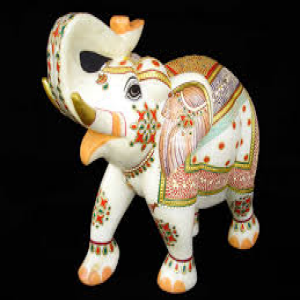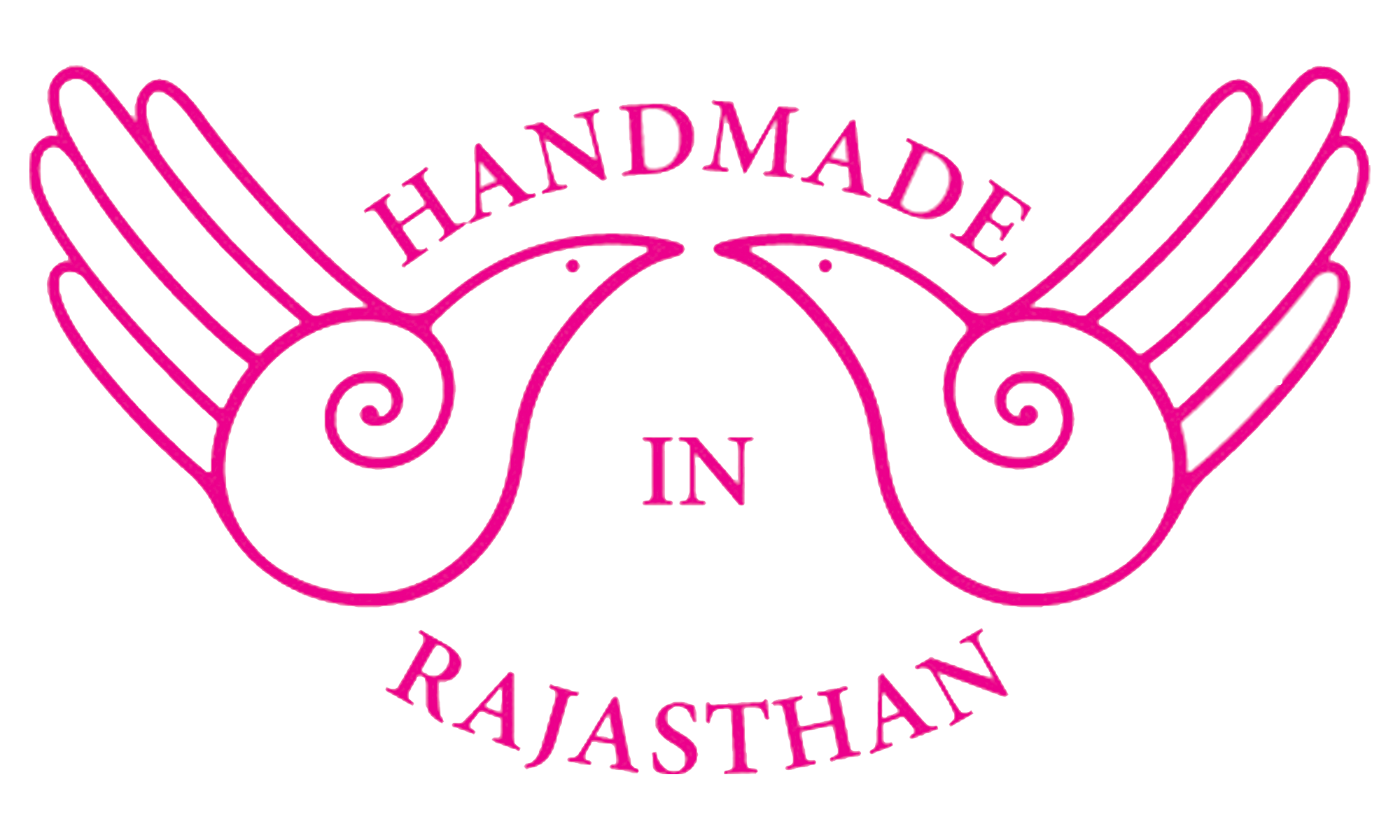- Home
- About US
- Art and Craft
- Artisans
- Master Crafts Persons
- Supporting Institutions
- News and Events
- Schemes
- Contact us
- Contact

The geologically old land of Rajasthan, rich in different kinds of hard rocks like granites, marbles, quartzite, slates, and other metamorphic rocks, has been a stone-carver's paradise. Right from the medieval times, the ready availability of high-quality stone (the use of brick was almost unknown) made it easy for the Rajasthani builder to construct strong and beautiful forts, palaces, and temples. The sculptures found in the ancient and medieval temples of Bharatpur, Baroli, Ramgarh, Nagda, Ajmer, Chittor, Mandore, Jaisalmer, Bikaner, and Udaipur speak highly of the artistic skills of the Rajasthani stonecutters. Apart from temple carvings, the stone carvers of Rajasthan are noted for their jali (latticework) carvings. Most ancient palatial buildings of Rajasthan sport jali work on their doors and windows. The jali screens, sculpted from both sandstone and marble, were frequently used in the windows of the zenanas (women's quarters) enabling the women in purdah to view the events of the courts without being seen. The screens also offered protection from the elements while allowing the passage of fresh air through the intricate geometric patterns.
Rajasthan continues to be one of major centers of stone carving in the country. The capital city Jaipur is the center of marble carving in Rajasthan. Here one can see artisans creating marble images of the deities as well as domestic utensils such as bowls for grinding spices and kneading dough. At Ajmer, Udaipur, Jodhpur and Bikaner, one comes across some very fine examples of the intricate jali work done on screens and panels of the royal palaces.
The fine quality of marble and sandstone extracted from the numerous quarries in the state had given rise to a tradition of stonemasons and sculptors. The quarries at Makrana are quite famous, for it is from these quarries that the marble used in the Taj Mahal was mined. Also built using marble from Makrana mines were the exquisite Dilwara Jain temples at Mt Abu. Rupbas (near Agra) and Karauli still produce the red sandstone that was used by the Mughals to build their forts and palaces at Agra, Delhi, and Fatehpur Sikri.
In east Rajasthan, Kota produces gray stone for floor making, Barmer produces yellow marble for delicate carvings, and Ajmer produces granites.
The soft chromatic stone mined from the quarries of Dungarpur are used by the stone carvers of the state for carving images of the deities. The stone becomes black when oiled. As the subject matter of these images is divine, the sculptors are required to work according to the guidelines laid down in the Shilpa Shastra, an ancient Hindu treatise on sculpture and architecture.
The religious themes are carved in stone all over the state. One can see the lifelike images being skillfully sculptured in different varieties of stone across the state. In Jaipur, white marble is used for carving out statues of gods and goddesses as well as animal and human figures.

